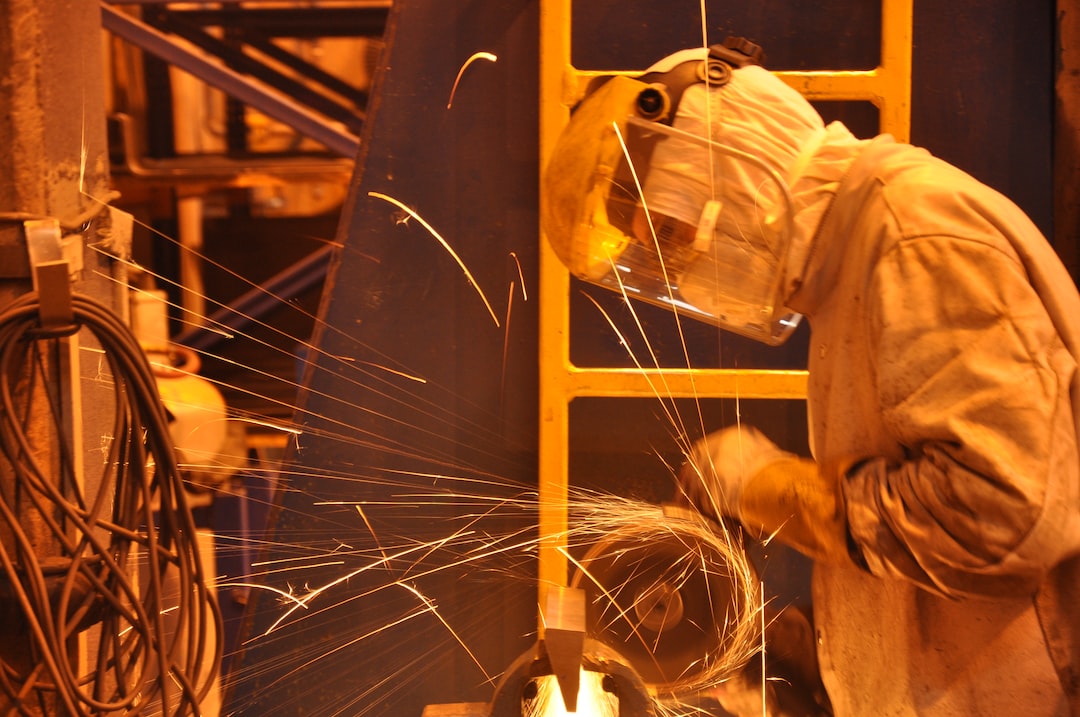How Virtual Reality is Revolutionizing Manufacturing Design and Training
Virtual Reality (VR) has emerged as a game-changer in various industries, and manufacturing is no exception. The immersive nature of VR technology allows manufacturers to design products with unprecedented precision, and it also enhances training programs for employees. In this blog post, we will explore how virtual reality is revolutionizing manufacturing design and training, and the benefits it brings to this particular sector.
Manufacturing design is a critical phase in the production process, as it lays the foundation for the creation of products. Virtual reality has become an indispensable tool for designers, enabling them to visualize and test various prototypes before physical production begins. With VR, designers can create virtual models of products and examine them from every angle, allowing them to spot potential flaws or make necessary adjustments without wasting time and resources on physical prototypes.
One of the key advantages of VR in manufacturing design is the ability to scale and manipulate virtual objects in real-time. Manufacturers can meticulously adjust the size, shape, and dimensions of a product, ensuring that it meets all the requirements and specifications. This level of precision greatly reduces the chance of errors and leads to more efficient production processes.
Furthermore, virtual reality enables manufacturers to perform stress analysis on their designs. By subjecting virtual prototypes to simulated real-world conditions and forces, they can determine whether the product can withstand the pressures it will face during its lifecycle. In the past, this analysis was often limited to theoretical calculations or physical testing, both of which had their limitations. VR provides a more accurate and cost-effective solution, saving both time and resources in the design phase.
In addition to revolutionizing manufacturing design, virtual reality is also transforming training programs for employees in the sector. Learning complex machinery and processes can be challenging, especially for newcomers. VR provides a safe and immersive environment for training, allowing employees to practice hands-on tasks without the risk of accidents or damage to expensive equipment.
With VR training, employees can interact with virtual replicas of machines and equipment, gaining valuable practical experience before they begin working with the real thing. Moreover, virtual reality simulations can expose employees to various realistic scenarios that they may encounter on the job, preparing them for unexpected situations and emergencies. This level of training promotes confidence and competence among employees, ultimately leading to higher productivity and efficiency in the manufacturing process.
Another advantage of VR training is its ability to standardize learning experiences. In a traditional training setting, different instructors may have varying teaching methods and expertise, leading to inconsistencies in skill development among employees. However, with VR, the training programs can be designed and standardized to ensure that all employees receive the same level of instruction and practice. This eliminates any knowledge gaps or uneven skill distributions, ultimately leading to a more capable and synchronized workforce.
The impact of virtual reality on manufacturing design and training goes beyond just improving efficiency and reducing costs. It also opens up new possibilities for collaboration among teams, regardless of their physical location. Designers, engineers, and employees can join virtual meetings and discuss projects together, even if they are on different continents. This fosters communication and innovation, as team members can collectively work on solving problems and generating creative ideas, resulting in faster and more effective decision-making processes.
In conclusion, virtual reality has revolutionized manufacturing design and training in numerous ways. Its ability to create accurate virtual prototypes, perform stress analysis, and standardize training experiences has significantly improved the efficiency and productivity of the manufacturing sector. Moreover, the immersive and collaborative nature of VR technology has further enhanced communication and innovation among teams. As VR continues to advance, we can expect even more transformative changes in the manufacturing industry, leading to even greater efficiency and competitiveness.

